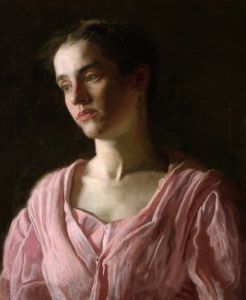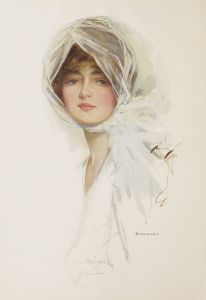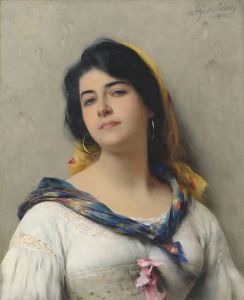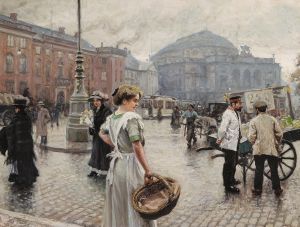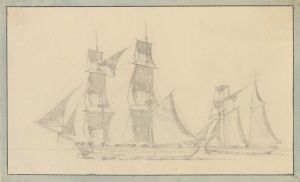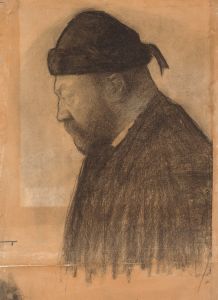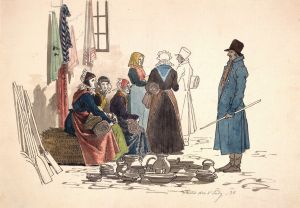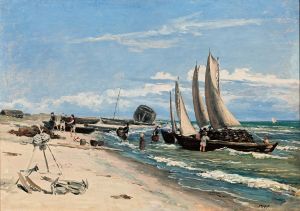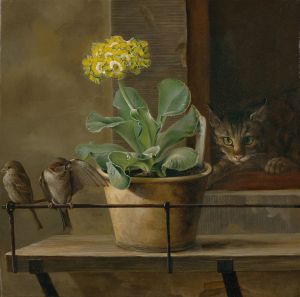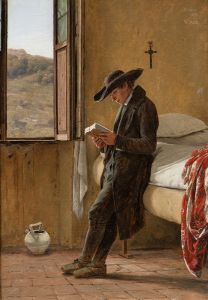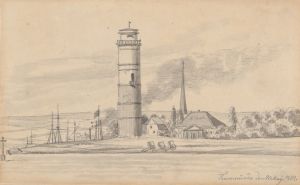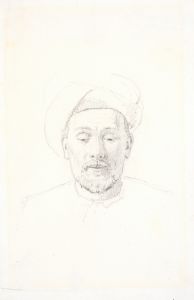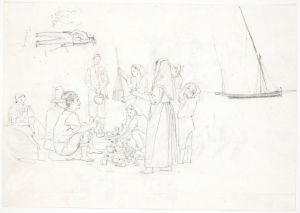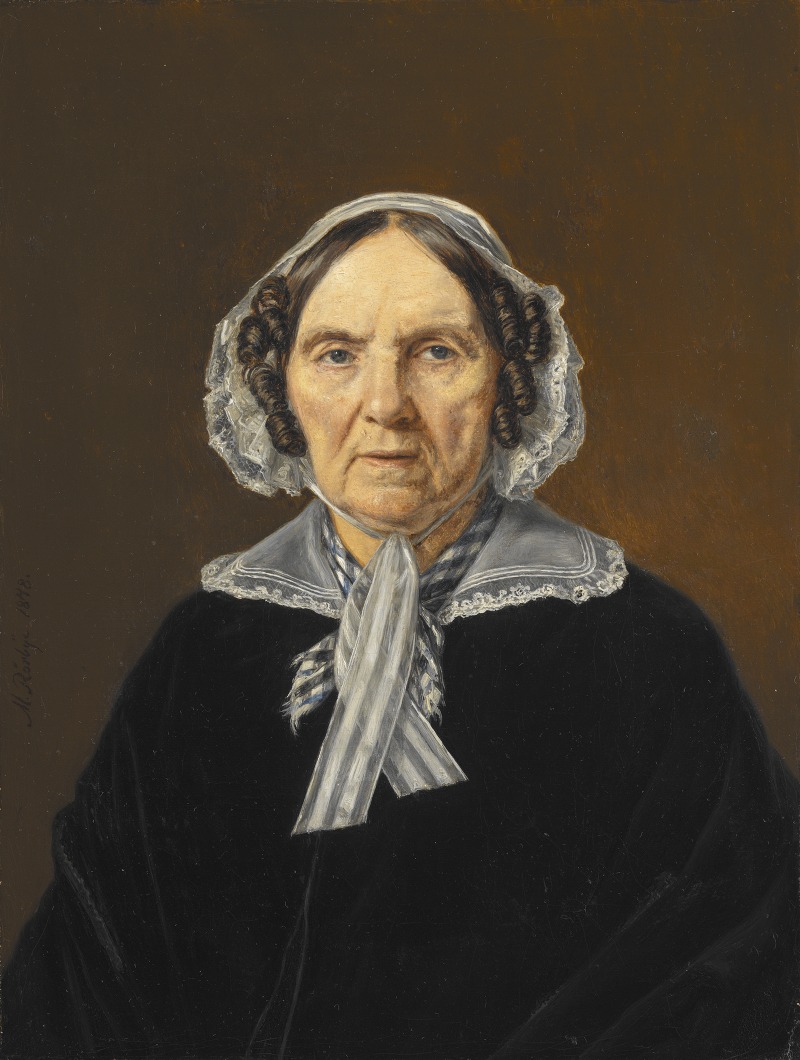
Frederikke Eleonora Cathrine Rørby
A hand-painted replica of Martinus Rørbye’s masterpiece Frederikke Eleonora Cathrine Rørby, meticulously crafted by professional artists to capture the true essence of the original. Each piece is created with museum-quality canvas and rare mineral pigments, carefully painted by experienced artists with delicate brushstrokes and rich, layered colors to perfectly recreate the texture of the original artwork. Unlike machine-printed reproductions, this hand-painted version brings the painting to life, infused with the artist’s emotions and skill in every stroke. Whether for personal collection or home decoration, it instantly elevates the artistic atmosphere of any space.
Frederikke Eleonora Cathrine Rørbye is a painting by the Danish artist Martinus Rørbye, a prominent figure in the Danish Golden Age of painting. Martinus Rørbye was born on May 17, 1803, in Drammen, Norway, and later moved to Denmark, where he became a significant contributor to the Danish art scene. He is known for his detailed and realistic portrayals of everyday life, landscapes, and portraits.
The painting in question, Frederikke Eleonora Cathrine Rørbye, is a portrait of the artist's sister. This work exemplifies Rørbye's skill in capturing the essence and character of his subjects with precision and sensitivity. The painting is noted for its attention to detail and the delicate rendering of textures, which are characteristic of Rørbye's style.
Martinus Rørbye was a student at the Royal Danish Academy of Fine Arts, where he was influenced by the teachings of Christoffer Wilhelm Eckersberg, often referred to as the father of Danish painting. Under Eckersberg's guidance, Rørbye honed his skills in perspective, composition, and the use of light, which are evident in his works, including the portrait of his sister.
The Danish Golden Age, during which Rørbye was active, was a period of cultural growth and artistic achievement in Denmark, roughly spanning the first half of the 19th century. This era was marked by a focus on national identity, everyday life, and the natural beauty of the Danish landscape. Artists of this period, including Rørbye, often depicted scenes that highlighted the simplicity and charm of Danish life.
In the portrait of Frederikke Eleonora Cathrine Rørbye, Martinus Rørbye employs a realistic style that captures the personality and demeanor of his sister. The painting is characterized by its use of soft, natural colors and a composition that draws the viewer's attention to the subject's face, emphasizing her expression and gaze. The background is typically understated, allowing the subject to remain the focal point of the work.
Rørbye's ability to convey emotion and character through his portraits is one of the reasons he is celebrated as a master of the genre. His works are appreciated for their technical excellence and the insight they provide into the lives and personalities of the people he painted.
Throughout his career, Martinus Rørbye traveled extensively, drawing inspiration from his journeys across Europe and the Middle East. These travels influenced his artistic style and broadened his subject matter, although his portraits, such as that of his sister, remain among his most personal and intimate works.
The painting of Frederikke Eleonora Cathrine Rørbye is part of the collection at the Statens Museum for Kunst (The National Gallery of Denmark) in Copenhagen. This institution houses a significant collection of Danish Golden Age paintings, offering insight into the rich cultural heritage of Denmark during this period.
Martinus Rørbye's contributions to Danish art continue to be celebrated, and his works are studied for their artistic merit and historical significance. The portrait of his sister stands as a testament to his skill as a portraitist and his ability to capture the essence of his subjects with warmth and precision.





